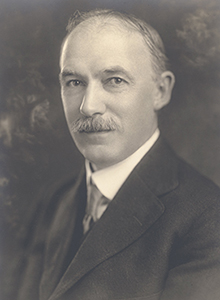
Edmund Platt
- Vice Governor, Federal Reserve Board, 1920 – 1930
- Born: February 2, 1865
- Died: August 7, 1939
Edmund Platt took office as a Federal Reserve Board member on June 8, 1920. On July 23, 1920, he was appointed vice governor.1 He held the position until he resigned from the Board on September 14, 1930.
Platt was born in Poughkeepsie, New York, in 1865. He graduated from Eastman Business College in Poughkeepsie, where he learned the printing trade. In 1888, he graduated from Harvard University with a bachelor's degree.
Platt held a variety of positions throughout his career. From 1888 to 1890, he taught history and English at Riverview Academy. From 1890 to 1891, he served as editorial writer for the Superior (Wisconsin) Evening Telegram. In 1891, he began working for the Poughkeepsie Eagle, which his family owned. Platt and his brother Francis became owners of the paper in 1907 after their father died. Although their ownership ended in 1920, Platt continued to be connected to the paper through 1931.
Platt was elected as US congressman for the 26th District of New York, serving from 1913 through 1920. During debate on the Federal Reserve Act, Platt clashed with Carter Glass and other Democrats over their reversal on the extension of the Aldrich Vreeland Act, which allowed the issuance of currency in an emergency by groups of banks (thus providing for an elastic currency). The provision was included in the final Federal Reserve Act, which Platt voted against.
From 1919 to 1920, Platt was chairman of the House Committee on Banking and Currency. During that time, several Federal Reserve Act amendments passed in the House. This included amendments to section 25 of the Act that allowed national banks to invest in subsidiaries involved in financing foreign trade.
Platt resigned from Congress on June 7, 1920, and was sworn in as a Federal Reserve Board member the next day. Following his resignation from the Board in 1930, Platt became vice president of the Marine Midland Corporation.
Over the years, Platt gave a number of speeches regarding branch banking. He was also the author of the book History of Poughkeepsie (1905).
Platt died in 1939.
Endnotes
- 1 Governor was the title of the active executive officer of the Federal Reserve Board from 1913 to 1935. The Vice Governor worked with the Governor to conduct the Board’s business and led the Board in the Governor’s absence. See the Board of Governors website and the essay on the Banking Act of 1935 for details on changes in the Board’s leadership structure over time.
Written by the Board of Governors of the Federal Reserve System and updated on October 14, 2025 by Federal Reserve History staff to clarify the historic titles used before 1935. See disclaimer and update policy.

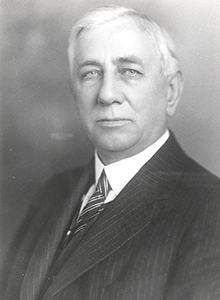
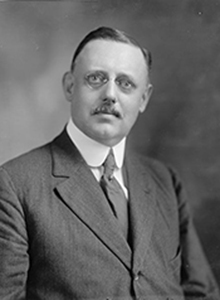
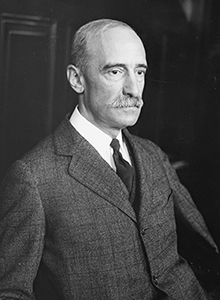
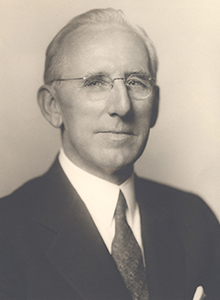
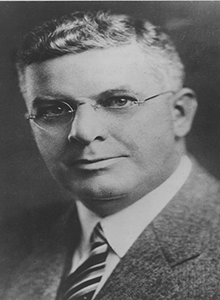
 X
X  facebook
facebook
 email
email